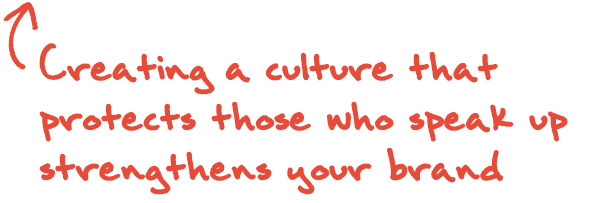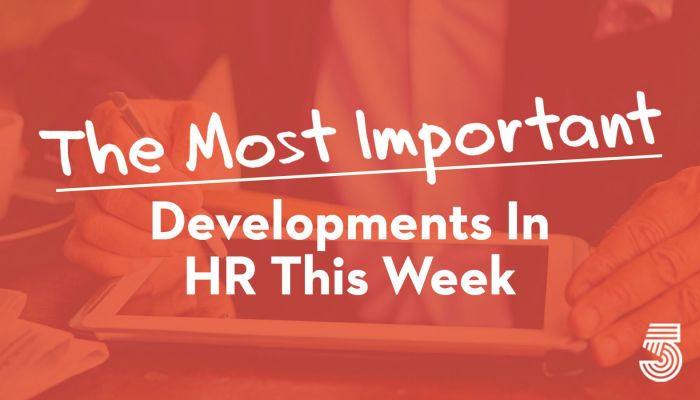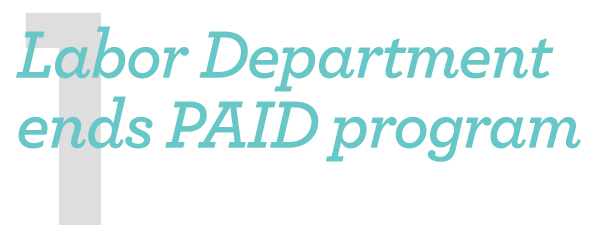
Employers will no longer be able to participate in a federal program that allowed businesses to self-report federal minimum wage and overtime violations in an effort to avoid litigation under the Fair Labor Standards Act (FLSA). The U.S. Department of Labor (DOL) ended the Payroll Audit Independent Determination (PAID) program on Jan. 29, effective immediately, noting that the program blocked workers from suing employers for identified violations. “Workers are entitled to every penny they have earned,” said Jessica Looman, the DOL Wage and Hour Division’s principal deputy administrator. The PAID program “deprived workers of their rights and put employers that play by the rules at a disadvantage,” she said. The prior administration launched the program in 2018 with the goal of resolving wage and hour claims “expeditiously and without litigation, to improve employers’ compliance with overtime and minimum wage obligations, and to ensure that more employees receive the back wages they are owed — faster.” SHRM

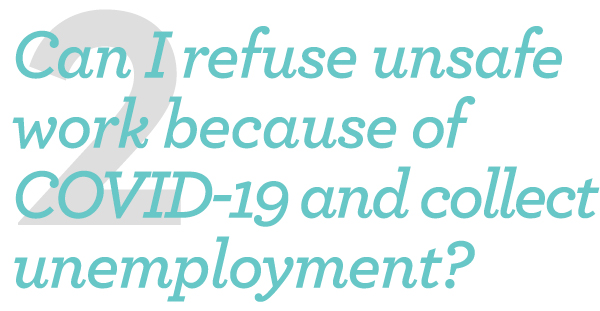
President Joe Biden doesn’t want Americans to choose between paychecks and COVID-19 safety. An executive order he signed last month could allow some workers to still receive unemployment benefits if they choose not to work a job that may expose them to COVID-19. Here’s what to know: The order requests that the U.S. Department of Labor “consider clarifying” the matter. That’s code for saying, “Hey, Department of Labor, please issue some federal guidelines that all 50 states can follow. Thanks.” The guidance will likely say that workers have a federally guaranteed right to refuse work that jeopardizes their health. Specifically, this will entail work involving close proximity to others, such as restaurant, factory, public transport, or other roles, and it will likely say work can be turned down for two reasons: (1) poor COVID-19 safety protocols, or (2) high risk due to the worker’s age or underlying health condition(s). But we won’t know the details until the guidance is published. Check your state’s guidelines. Some states are currently allowing older or high-risk populations to opt out of work and still receive benefits. Some states are not. In normal, non-pandemic times, workers are typically not allowed to collect unemployment if they turn down “suitable” work. Fast Company

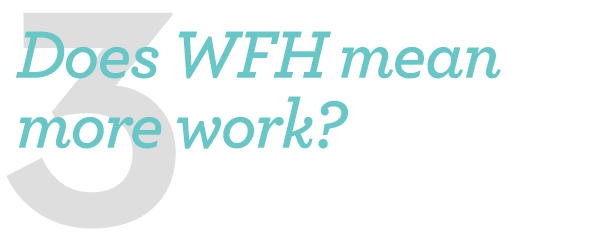
Remote work has blurred the line between our personal time and the time we’re on the clock. Workers in North America are logging 2.5 hours more each day on average, according to Bloomberg, with a longer work day becoming the new normal globally. But while many have more meetings and emails to catch up on, having a longer workday doesn’t necessarily mean more hours working, per The Washington Post. Some people have adopted new work schedules in which they work later but have longer breaks throughout the day. LinkedIn

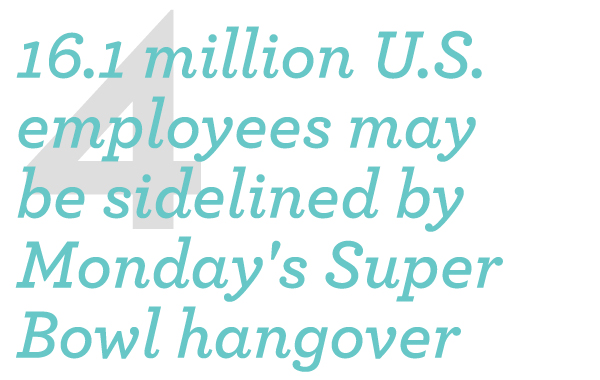
An estimated 16.1 million U.S. employees may miss work the Monday after Super Bowl LV, according to the annual Super Bowl absenteeism survey commissioned by The Workforce Institute at UKG and conducted online by The Harris Poll. However, more than two-thirds of U.S. employees (69%) say they would feel guilty pretending to be sick to get out of work on the day after the Super Bowl this year when so many people are actually sick. Additionally, while COVID-19 continues to color nearly every facet of work and life, more than 1 out of every 10 U.S. employees (11%) — which could equate to more than 15 million employed adults — say they plan to watch The Big Game at a watch party with no COVID-19 precautions (e.g., social distancing, attendance limits, masks). While alarming, it’s a vital reminder for businesses to have the strongest possible game plan to prevent workplace transmissions long after the final whistle. An estimated 16.1 million U.S. employees say they plan to miss work on the Monday following Super Bowl LV. The good news? An estimated 8.8 million employees will take a pre-approved personal day/PTO this year. Yahoo Finance
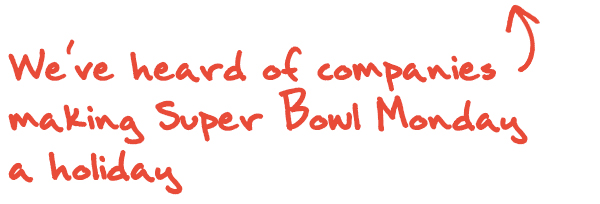
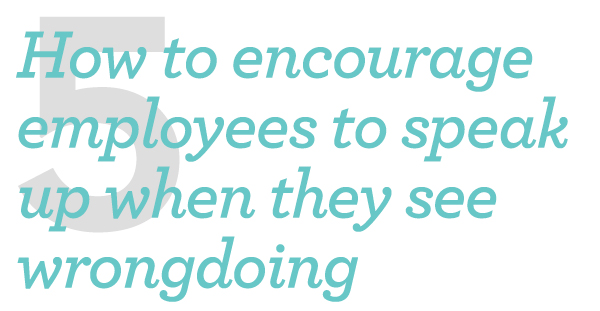
More than 50 years after the term “bystander effect” was coined, many of us still witness workplace wrongdoing yet stay stubbornly silent. In motivating employees to speak up, most organizations still rely on traditional compliance-based tools such as codes of conduct, training, and audits. This approach has simply failed — only an estimated 1.4% of employees blow the whistle. Current strategies remain ineffective and are often counterproductive. This matters because organizational silence perpetuates white-collar crime: It continues to rise despite companies investing millions in misconduct prevention. Scandals have slashed market valuations and ravaged the reputations of Boeing, BP, Barings, and many others. The leading cause of silence is fear of repercussions. One study showed that 82% of whistleblowers suffered harassment, 60% lost their jobs, 17% lost homes, and 10% attempted suicide. Other causes include our unconscious need for belonging, a preference for the status quo, and willful blindness. Harvard Business Review
